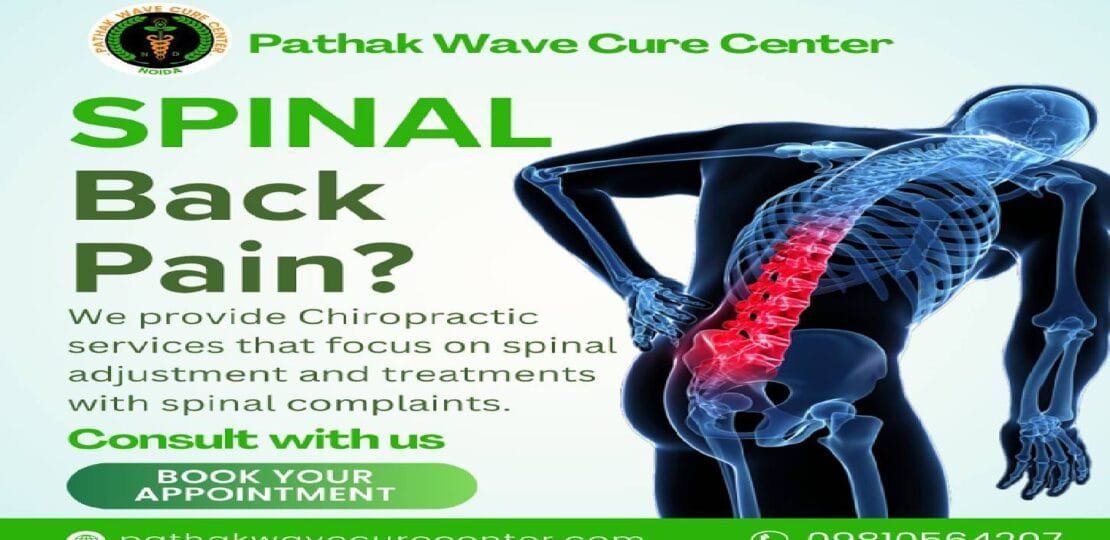Alzheimer’s disease
Back Pain
bone specialist doctor
Bones issues
Breast Cancer
Cerebral Atrophy
Cervical and Stiff Neck
Chronic Pain Management
cognitive function
diabetes
Duchenne Muscular Dystrophy
Edema and Swelling
Effective Treatments for Arthritis Knee Pain
Finding Pain-Solutions
Frozen shoulder
Frozen shoulder remedy
Frozen Shoulder Treatment
Health
Health & Wellness
Health and Wellness
Hell Pain
Joint Pain Management
Knee Arthritis Treatment
Knee Pains
Lower Back
Muscular dystrophy Treatments
Naturopathy
Neurological Specialists
Ortho
Orthopaedic issues
Orthopaedic Surgeon
orthopedic Bones Pain
Orthopedic Surgeon
Orthopedic Surgeon
Pain Management
Pain Management
Pain Management
Paralysis Treatment
Sciatica Pain
Shoulder joint Pain
Shoulder joint Stiffness
Slipped Disc
Spinal and Back Pain
Spinal Stenosis
the best Orthopedic Doctor in Noida
Varicose Veins
Effective Remedies for Spinal and Back Pain at Pathak Wave Cure Center
May 15, 2025 | by Dr. Sarvesh Kumar Pathak

RELATED POSTS
View all



